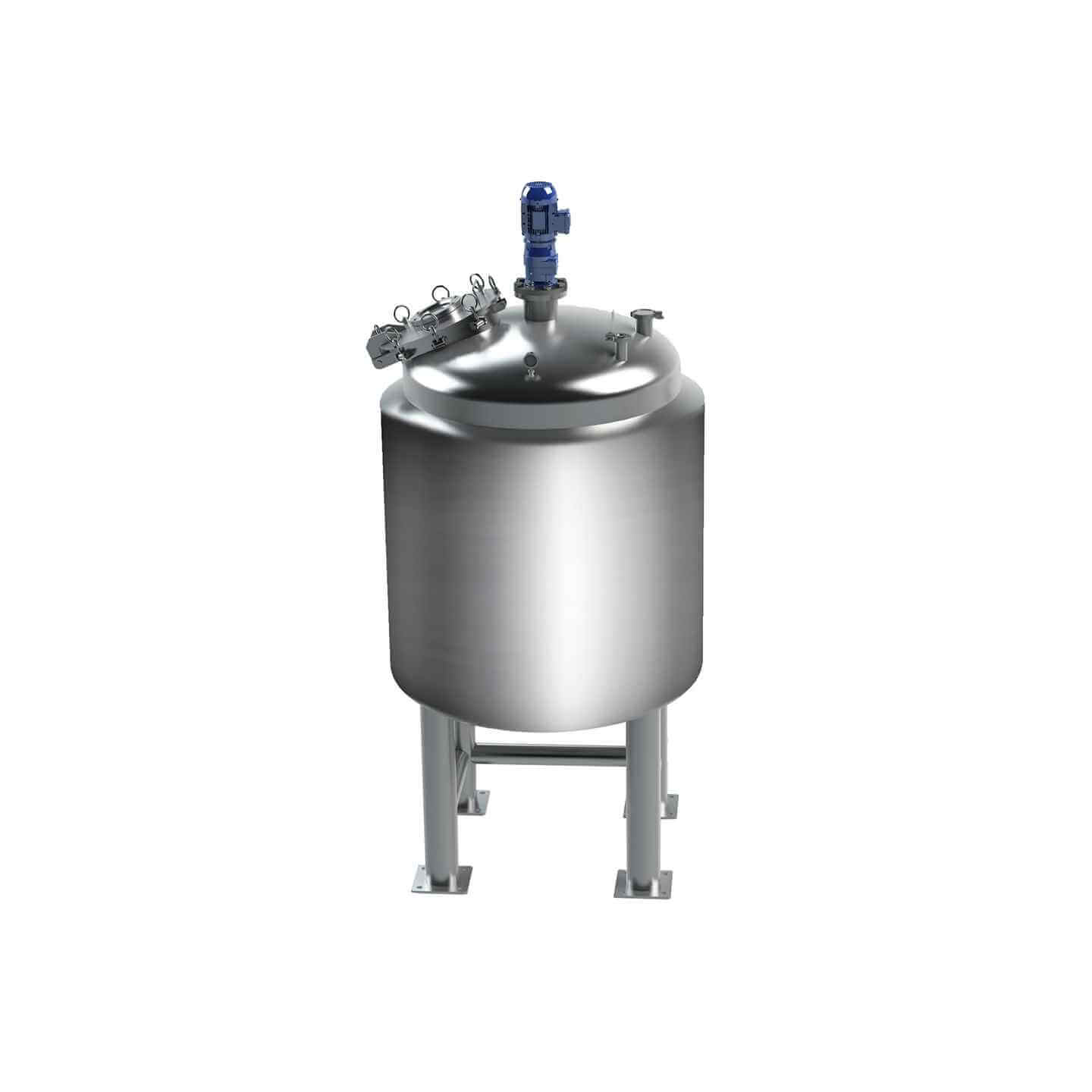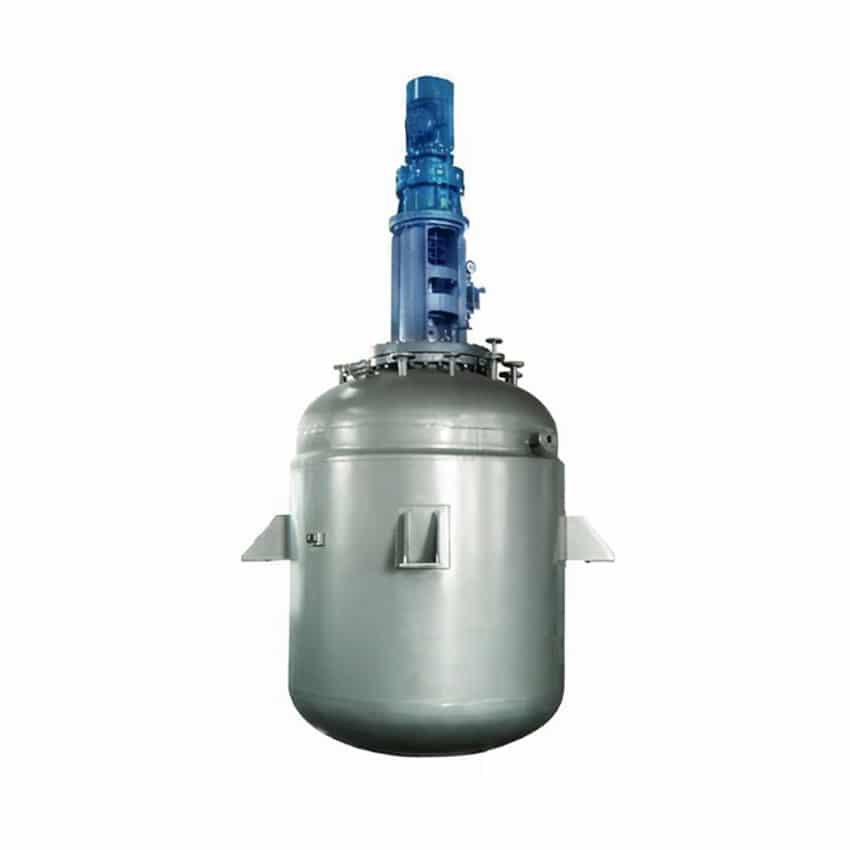

Jacketed Reactor
Jacketed reactor: used in the chemical industry, pharmaceutical industry and food industry, and other fields
Material
glass, stainless steel (316, 304), carbon steel, others
Capacity (L)
10-10000+
Mixing system
anchor, paddle, frame and others
Heating system
electric heating, oil heating and others
Jacketed reactors can be divided into steam heating reactors and heat transfer oil heating reactors according to different heating media, both of which are widely used in medicine, the chemical industry, plastics, rubber, building materials, food, and other industries. Corrosion, no environmental pollution, no need for automatic boiler heating, ease to use, and so on.
Request a quoteJacketed reactors are available with pressure sensors with epoxy bonded semiconductor strain gauges and stainless steel diaphragms. Pressure applied to the diaphragm through the pressure port produces small deformations and causes strain in the strain gauge. Strain results from changes in resistance proportional to pressure. Four strain gauges form a Wheatstone bridge. The most important thing is to choose the appropriate support method according to the actual process requirements and usage conditions.

Fixed resistors can be used to build bridges. There are two ways to support chemical equipment: temperature compensation, zero-point balance, and obtaining a full-size output jacketed reactor. There are two ways to support them: trunk and legs. The choice of support method is particularly important because it is critical to how the overall device is placed and used, and how it works with other devices.
Due to the different production processes and operating conditions of jacketed reactors, jacket heating types are divided into electric heating rod heating, steam heating, thermal oil circulation heating, etc. Shaft seal devices are divided into packing seals and mechanical seals. The mixing types include anchor type, paddle type, pot wheel type, pusher type or frame type. The number of holes, specifications or other requirements can be designed and produced according to user requirements.
As the volume of the jacketed reactor increases, the jacket alone is not enough, and additional heat transfer baffles are often installed in the jacketed reactor. The heat transfer baffle of the jacketed reactor can not only increase the heat transfer area and take away heat, but also enhance the stirring effect and play a role in destroying the vortex control flow pattern. There are many structural types of jacketed reactors. Common ones include D-shaped baffles, finger-shaped, sleeve-type, ring-shaped tubes, elliptical tube baffles, etc. The heat transfer coefficient of the baffle is much higher than that of the jacket, because the cooling water flow is large, the tube wall is thin, and the feeding coefficient of the material on the baffle surface is also large, so the total heat transfer coefficient is large.
Reasons why the jacketed reactor water pump does not start: the power supply voltage is too low; the circuit is broken somewhere; the pump impeller is stuck by foreign objects; the cable is damaged; the cable voltage drop is too large, the cable plug is damaged; one of the three-phase cables is blocked.
Troubleshooting method: Adjust the voltage to 342V~418V; Find out the cause of the power outage and eliminate it; Disassemble the guide rail and remove debris; Replace according to the cable specification table; Use thicker cables; Replace with new plugs, check switch sockets and cables; Overhaul the motor.
Causes of water hammer problems in jacketed reactor vertical centrifugal pumps
①Cavitation occurs in the vertical centrifugal pump. Due to the sudden bursting of bubbles in the high-pressure area, the liquid around the bubbles moves rapidly into space, resulting in water hammer.
② System pressure fluctuates due to sudden power outage.
③Due to a sudden power outage, the high-pressure liquid column quickly poured back and impacted the valve plate of the pump outlet check valve.
④The pump outlet pipeline valve is closed too quickly, causing impact.




